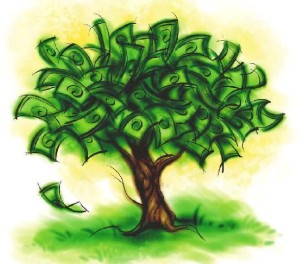 In a place like Tasmania we cannot escape nature because it’s all abound.
In a place like Tasmania we cannot escape nature because it’s all abound.
Nature is a great provider. It gives us clean air, clean water and productive soils. It pollinates our crops, and gives us places to recreate and places for inspiration. People value nature for cultural connection to place, for the value it brings the community, for the value it brings our economy and for itself.
The Tasmanian Land Conservancy has been working to make explicit some of those connections.
In terms of the economic value, in 2010 TLC embarked on the New Leaf Project, acquiring 28,000ha of native forest to tap a new vein of possibilities for conservation business. Such a large tract of native forest, partly logged but largely intact, offered the chance for us to seriously explore sustainable incomes from our reserves.
This coincided with the evolution of a carbon market, globally and domestically. The emergence of the market was not always straightforward due to policymaking pressures and the complexity and enormity of the system. However, the TLC, with the help of others with similar tenacity, persisted with the process and pursued the goal of entering the carbon market.
Across the New Leaf properties, including Five Rivers Reserve in Tasmania’s Central Highlands near Bronte Park, the New Leaf Carbon Project is in place in 12,130ha, with the remainder managed for ecosystem health and species diversity.
Having successfully traded in the voluntary international market by partnering with Virgin Australia, the TLC is now operating in the domestic voluntary carbon market.
This market includes airlines, banks, manufacturers and other corporates wanting to buy carbon credits to offset their emissions. In that way they demonstrate corporate social and environmental responsibility to clients and shareholders. Participants in the voluntary scheme include, Virgin Australia, Origin Energy and Bendigo Bank. However, the TLC is one of few environment groups in the carbon market also supporting nature conservation activities. To read more click here.

 It might be early days for carbon trading in Australia but many farmers and graziers are already trading or exploring how they can trade carbon.
It might be early days for carbon trading in Australia but many farmers and graziers are already trading or exploring how they can trade carbon.